BEIJING, March 5, 2024 /PRNewswire/ — A report from People’s Daily: China will strive to modernize the industrial system and develop new quality productive forces at a faster pace, according to a Government Work Report submitted on March 5 to the national legislature for deliberation.
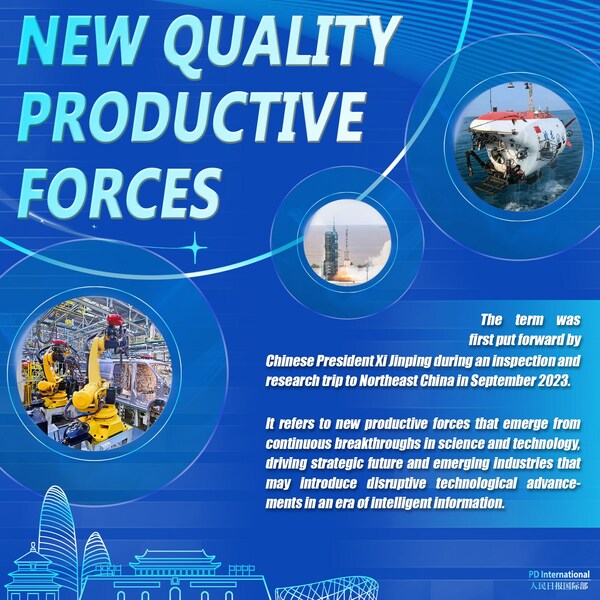
The term was first put forward by Chinese President Xi Jinping during an inspection and research trip to Northeast China in September 2023.
The country will consolidate and enhance its leading position in industries such as intelligent connected new energy vehicles, step up development of hydrogen power, new materials, innovative drugs, and other cutting-edge sectors, according to the report.
Recently, local governments across China have been outlining their “roadmaps” to foster the development of new quality productive forces at local “two sessions” meetings, the annual meetings of provincial-level lawmakers and political advisors.
Beijing is actively building an international science and technology innovation center. Anhui province is accelerating the development of three major science and technology innovation hubs in quantum information, fusion energy, and deep space exploration.
Moreover, Heilongjiang province is implementing digital transformation in manufacturing, empowering small and medium-sized enterprises with digital capabilities, and promoting pilot demonstration projects in intelligent manufacturing.
What do “new quality productive forces” mean?
The term refers to contemporary advanced productive forces that are generated by revolutionary technological breakthroughs, innovative allocation of production factors, and in-depth transformation and upgrading of industries. It takes the qualitative change of laborers, labor materials, labor objects and their optimal combination as the basic connotation, and the improvement of total factor productivity as the core indicator.
Technological innovation can give rise to new industries, new models, and new driving forces, which are the core elements for developing new quality productive forces.
In 2023, generative artificial intelligence (AI) emerged as a shining star in the tech world. By the end of 2023, China had released over 200 large AI models, with more than 20 of them approved to provide services to the public.
Most of the large models available to the public are general-purpose foundational models. Their greater competence is to empower intelligent industrial production and accelerate the development of new quality productive forces.
Liu Qingfeng, chairman of China’s leading AI and speech technology company iFLYTEK, noted that generative AI is one of the most significant technological innovations in recent decades. It has the potential to change the ways of content production, human-computer interaction, traditional business models, and the structure and competition pattern of industries.
A well-planned layout of industrial chains can effectively support the enhancement of new quality productive forces by optimizing resource allocation.
As a representative of new quality productive forces, the low-altitude economy has become an important direction for cultivating new momentum for development.
Today, China has developed a relatively complete industrial chain of the low-altitude economy, which has generated agglomeration effects.
Taking Shenzhen in Guangdong province as an example, by the end of 2023, it has gathered more than 1,700 unmanned aerial vehicles (UAV) companies with an annual output value of 96 billion yuan ($13.34 billion). Chinese civil UAV manufacturers, represented by DJI, are strongly competitive in the global market.
According to a DJI executive, DJI’s success benefited from the supporting and well-developed industrial chain in Shenzhen. With the continuous improvement of the entire Pearl River Delta’s electronic consumer goods industrial chain, DJI’s production capacity has been further strengthened.
To develop new quality productive forces, it is necessary to promote the digital economy, facilitating the deep integration of the digital economy with the real economy.
In recent years, new technologies such as big data, the Internet of Things, and new energy have been widely applied in the transportation industry, expanding the scope of intelligent transportation applications.
Anhui Transport Consulting & Design Institute Co., Ltd. (ATCDI) developed a design system that automatically generates drawings for commonly used bridge structures. The system has been in operation for over a year and has generated more than 7,400 drawings, significantly reducing the workload of frontline designers.
“Fostering new quality productive forces in the field of engineering information technology, such as intelligent manufacturing, digital design, as well as 3D laser scanning and inspection, can enable us to build bridges and roads more efficiently, thus better benefiting the people,” said Nie Wenhua, deputy director of the ATCDI digital innovation center.
Currently, some regions in China are focusing on the building of industrial chains for new quality productive forces, so as to enhance the resilience and security of industrial and supply chains.
The municipal government of Beijing has proposed to promote the high-quality development of the new energy vehicle industry and actively establish industrial chains of key components, such as motors, batteries, electronic controls, and automotive-grade chips.
The government of Shandong province said that it would carry out actions to promote the high-quality development of iconic industrial chains. It would implement 100 major scientific and technological innovation projects in fields such as integrated circuits and industrial machinery.
Some regions are working to remove barriers and bottlenecks that hinder the development of new quality productive forces, and have made innovative allocation of production factors a key focus of their work this year.
The government work report of Liaoning province proposed to promote the integrated development of strategic emerging industries such as new materials, aerospace, low-altitude economy, robotics, biomedicine and medical equipment, new energy vehicles, and integrated circuit equipment.
Jiangsu province said in its government work report that it would focus on future industries and explore new sectors such as future networks, quantum technology, life science, hydrogen energy and new energy storage, as well as deep-sea, deep-earth, and aerospace exploration.
Accelerating the formation of new quality productive forces also relies on the development of human resources.
A program on cultivating high-skilled talents, jointly implemented by the Ministry of Human Resources and Social Security and six other departments, noted that China will cultivate leading talents in key industries such as advanced manufacturing and modern services, focusing on major strategies, major projects and key industrial needs of the country. China will strive to cultivate over 15,000 new leading talents and drive the addition of around 5 million high-skilled talents within approximately three years.
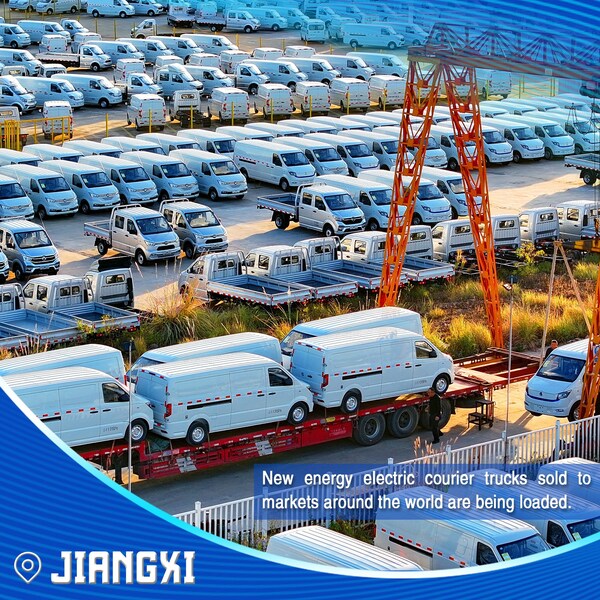
New energy electric courier trucks sold to markets around the world are being loaded.
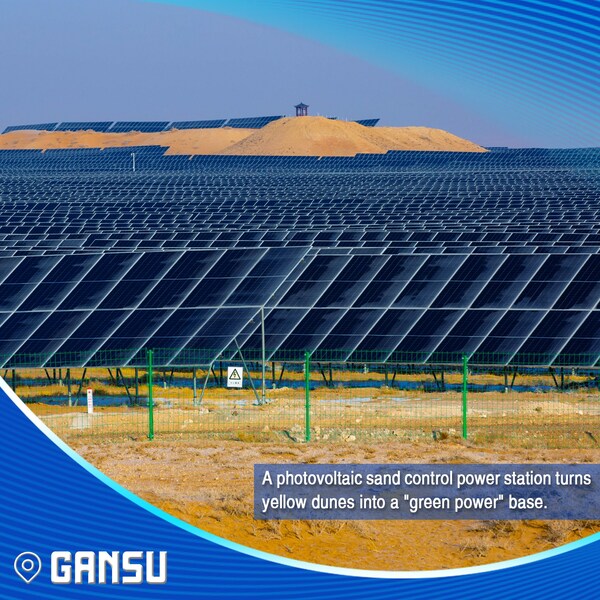
A photovoltaic sand control power station turns yellow dunes into a “green power” base.
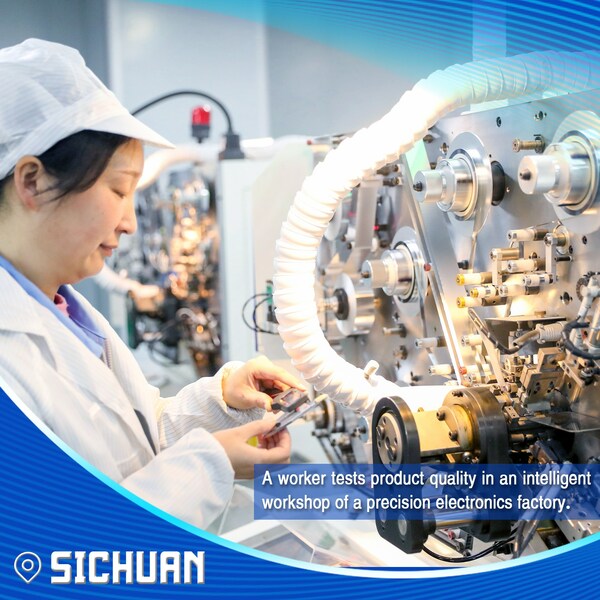
A worker tests product quality in an intelligent workshop of a precision electronics factory.
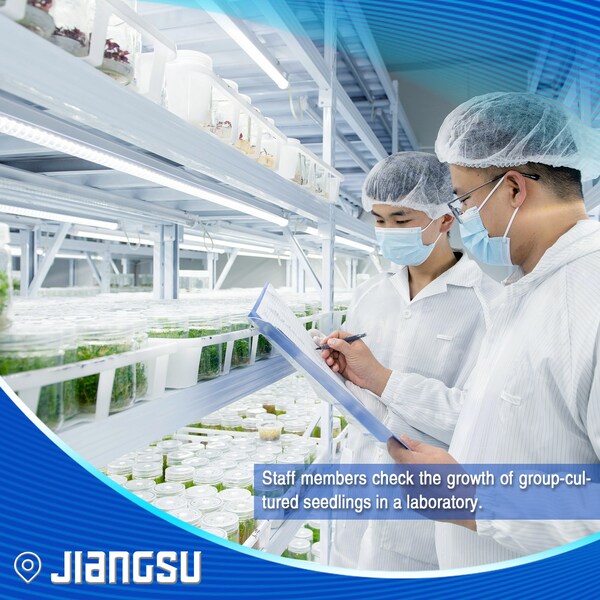
Staff members check the growth of group-cultured seedlings in a laboratory.
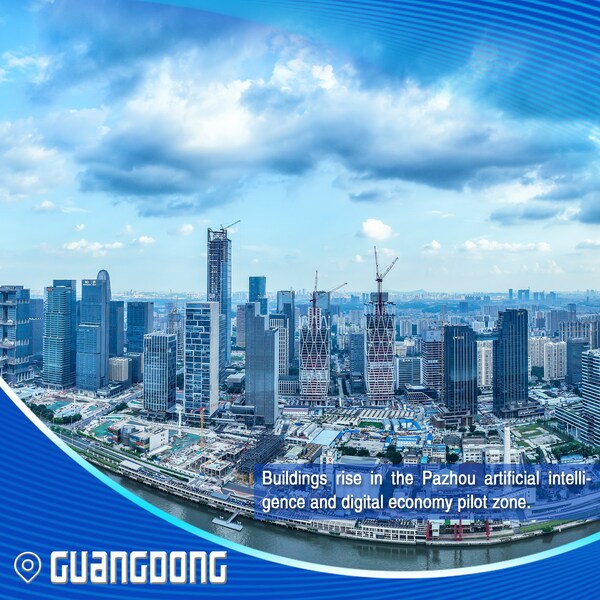
Buildings rise in the Pazhou artificial intelligence and digital economy pilot zone.
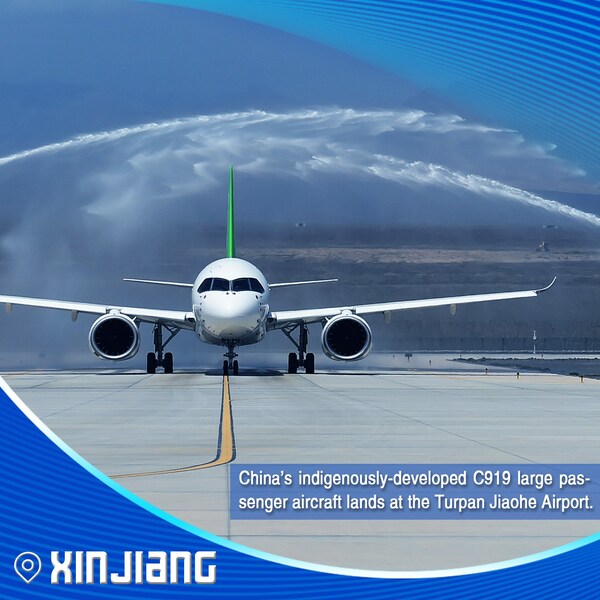
China’s indigenously-developed C919 large passenger aircraft lands at the Turpan Jiaohe Airport.
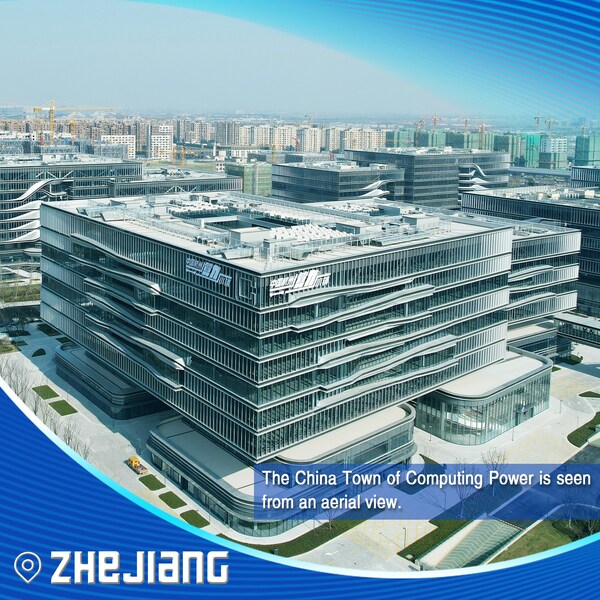
The China Town of Computing Power is seen from an aerial view.
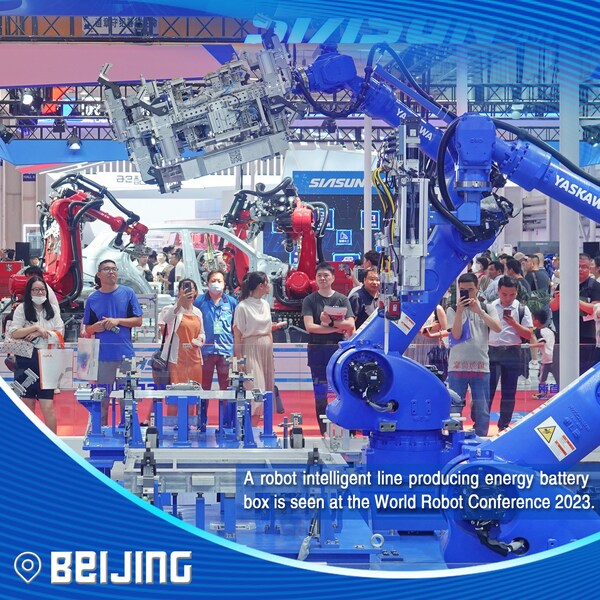
A robot intelligent line producing energy battery box is seen at the World Robot Conference 2023.
View original content to download multimedia: Read More